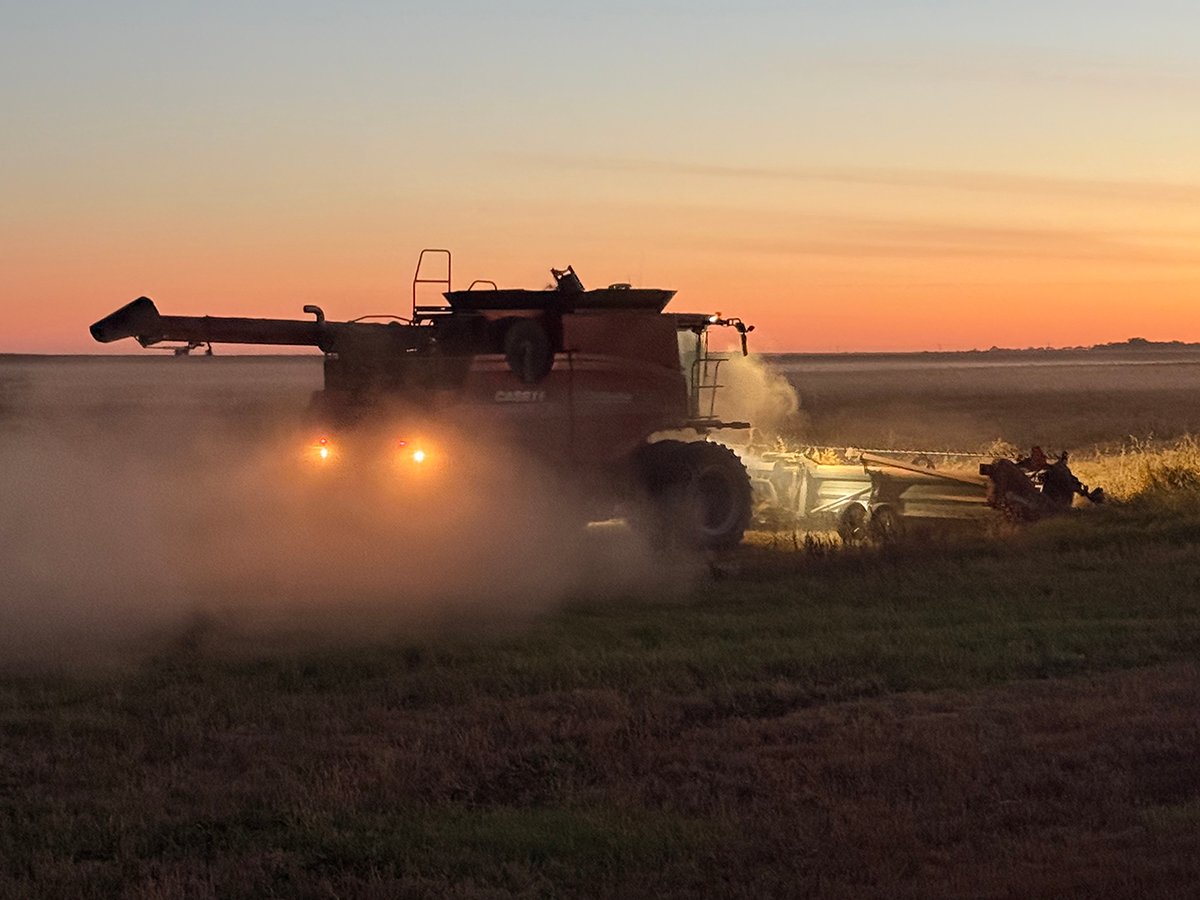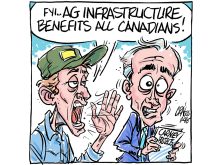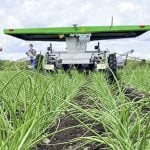Western Producer staff
This is a tale about how one generation’s worst-case predictions can become the next generation’s success story. In 1995, Agriculture Canada economists are proclaiming the good news that Canadian agriculture is rebounding from the depths of the trade-war-created depression of the late 1980s.
The analysis, which department officials will be presenting personally to prairie governments and farm organizations during the next couple of weeks, notes that the top-earning grain farms are getting bigger and taking an ever-growing share of farm income. They are making money, diversifying and borrowing to expand.
Read Also

Downturn in grain farm economics threatens to be long term
We might look back at this fall as the turning point in grain farm economics — the point where making money became really difficult.
Remarkably, this has been happening at the same time as sales revenue, government support and market income for each acre farmed has been falling.
Increased income is attributed to farmers being able to reduce their expenses and to increase production.
“I see this as very positive,” says Agriculture Canada analyst John Caldwell. “Farmers are lowering expenses, learning how to market better and showing they are able to compete in a post-GATT world. …What is important is that the bottom line is going up.”
The way to a prosperous future, the message from the Sir John Carling building seems to be these days, is ever-larger farms sustained by high volumes, tighter margins and the ability to play the markets to best advantage.
Roll back the clock a decade or so to an earlier generation of policy and government. This analysis would have been considered heresy if uttered by a government official. It was a time when governments reacted mainly to the official “rural ideology” arguments of most mainstream farm lobby groups.
It was an argument based on the view that Canadian policy should, within reason, temper “market forces” that would push smaller farmers out, encourage big farms to get ever bigger and force all farmers to squeeze their margins in order to remain competitive with lower-cost producers elsewhere.
The policy manifestations of this ideology ranged from cost-of-production pricing and two-price wheat to rich stabilization programs and protectionism.
The heroes of the day were those arguing forcefully that government’s job was to make sure responsible farmers could earn a decent living off the farm without getting into a low-price competition that benefits only consumers or processors.
Only those pining for an American-style dog-eat-dog corporate economy would offer praise for a farm economy based primarily on large, low-cost, high-volume farms.
Yet the heroes of today, by the Agriculture Canada analysis, are precisely those farmers who have shed their old “rural ideology” protectionist ways and realized that the market rules.
What has changed?
Clearly, the economic, trade and fiscal environments all have changed in the face of free trade and deficits.
And of course, a generation of ideological warriors has died or retired. In farm agriculture circles, as in Parliament, the ideological debate these days has become very one-sided.














